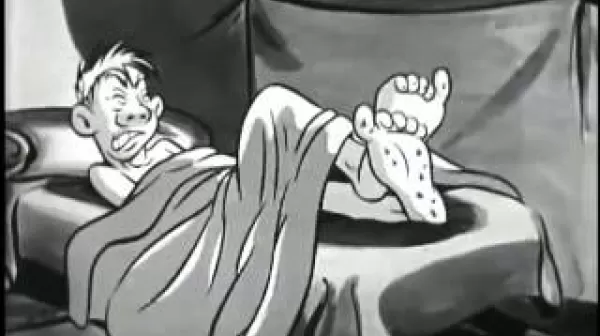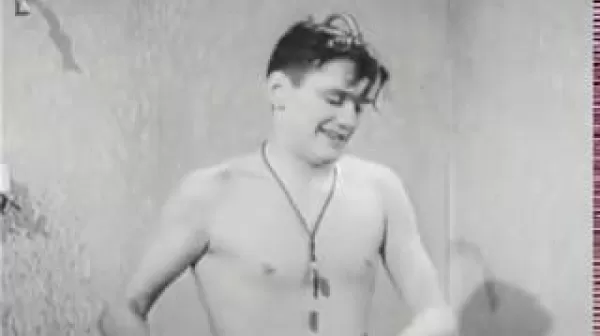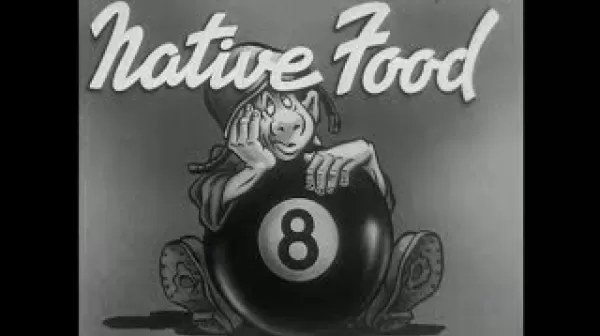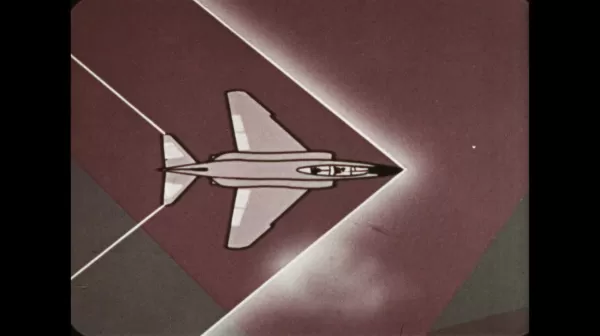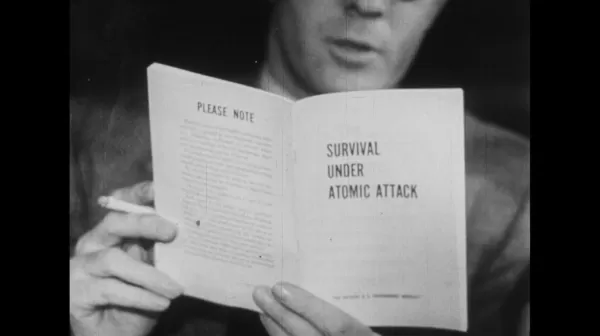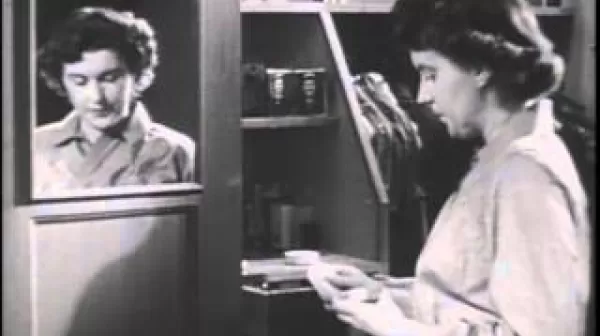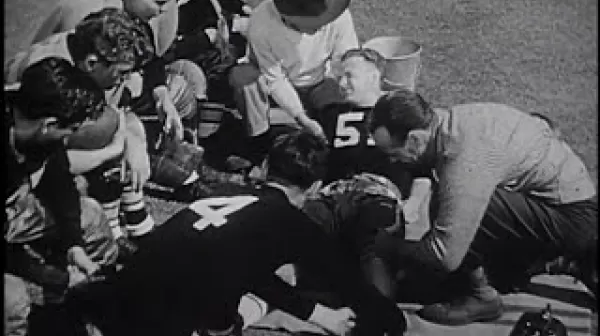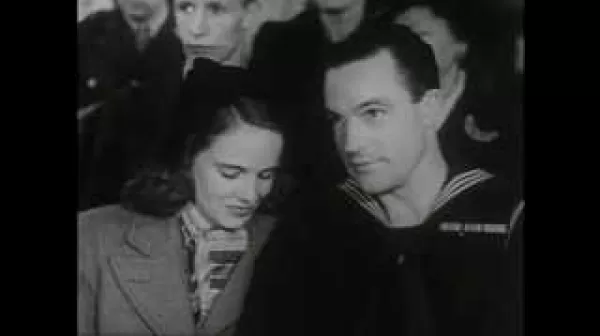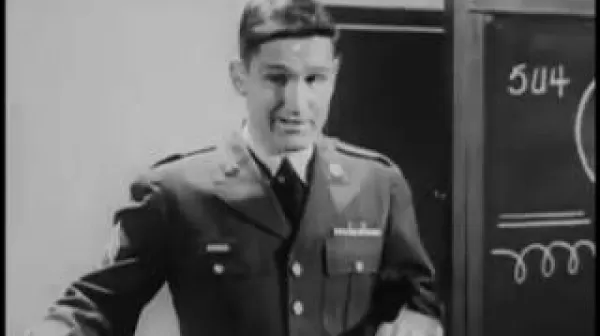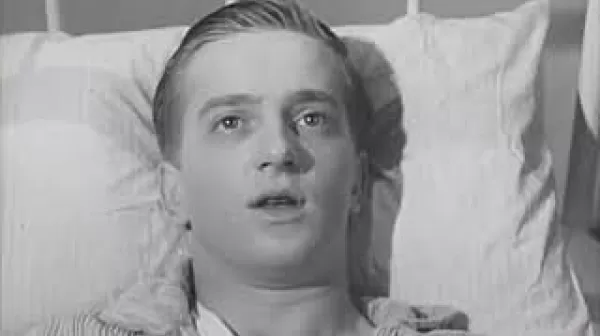Personal Cleanliness (US Navy, 1945)
In this film aimed at marines in the field, some points of personal hygiene are presented in humorous animation. The results of inattention to cleanliness, especially of the feet, are stressed. Learn more about this film and search its transcript at NLM Digital Collections: http://resource.nlm.nih.gov/9440899 Learn more about the National Library of Medicine's historical audiovisuals program at: https://www.nlm.nih.gov/hmd/collections/films

